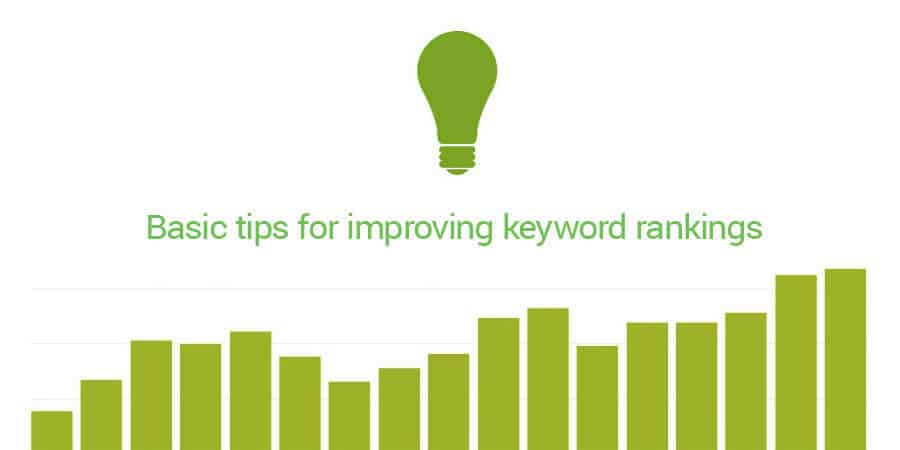As a digital agency focusing on SEO, our duty is to help our clients improve keywords ranking position. Doing that everyday, there a couple of fundamental areas for optimization that every site should, and can, optimize for at a basic level.
1. The keyword position and density inside your website;
- The URL link is a good place to display the keywords (Pinyin for CN website / English for EN website);
- The title should contain the keywords (not too many, 1 to 3 is enough);
- The keywords meta should have the keywords (1 to 3 is enough, it will affect the keywords weight if you add above 5 keywords);
- The description meta can the keywords (the main keywords can be displayed twice there);
- The content should have the keywords;
- There should be keywords in the 1st and last segments of the content which is the perfect idea for SEO;
- The H1 and H2 labels are the perfect place for the keywords;
- The output anchor text can include the keywords;
- The images name can include the keywords;
- The image Alt text has the keywords;
- The keyword density should be 6% – 8% for optimal results;
- Using Bold or Italics for the keywords is also useful.
Maybe you think these guidelines are too basic, but in my experience, it is very important and useful to follow these guidelines for your keywords to have better rankings on search engines. Many companies still do not have such optimization employed on their websites.
2. The quality, frequency and relativity of your website contents;
- Original content is the best, and you should never use articles or content which has been copied many times on the internet;
- The independence of your content is also important, and there must be 30% difference from your other content on a page by page basis;
- 1000 to 2000 words are the best for the amount of content per page, which should be sectioned logically1;
- Updating content and articles should be done regularly and if possible everyday;
- The content around the keywords should be related with the website subject;
- Every page should have the related content text links.
3. The input links and anchor text;
- Always use higher PageRank incoming links, never using the lower PR website links;
- The related page’s incoming links, especially for the FAQ pages;
- Always use keywords in the incoming anchor text links;
- Every article or piece of content should include the keywords in outgoing anchor text links;
- There should also be related keywords around the anchor text links;
- Incoming website links must be related or similar with our website theme or subject matter;
- Outgoing links must be less than 100 links in the incoming link pages;
- Of course, the incoming links must come from different websites and IP’s;
- The incoming links should be added naturally – keep doing it every day and you will get the gains in 1 – 2 months;
- Use diversification of the anchor text in links;



